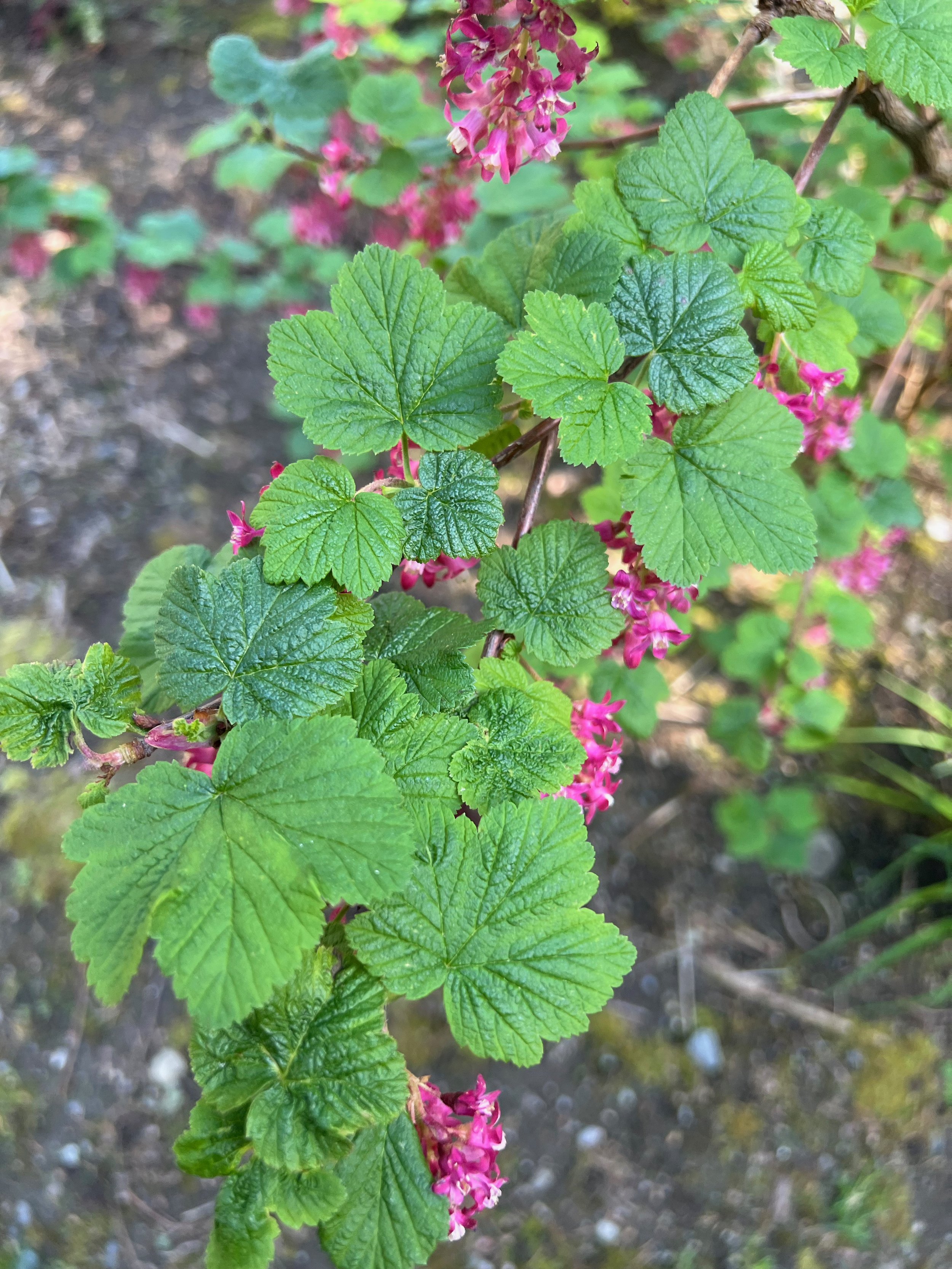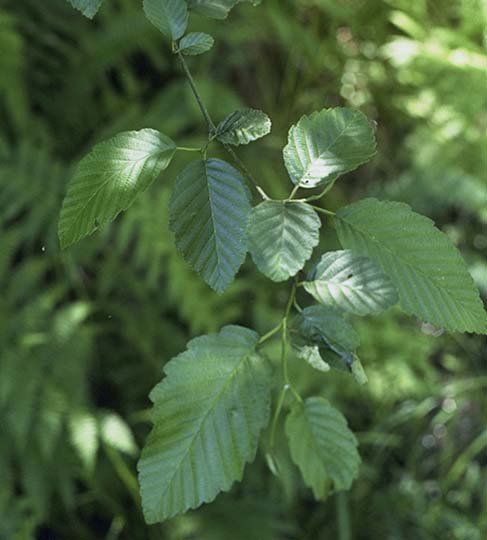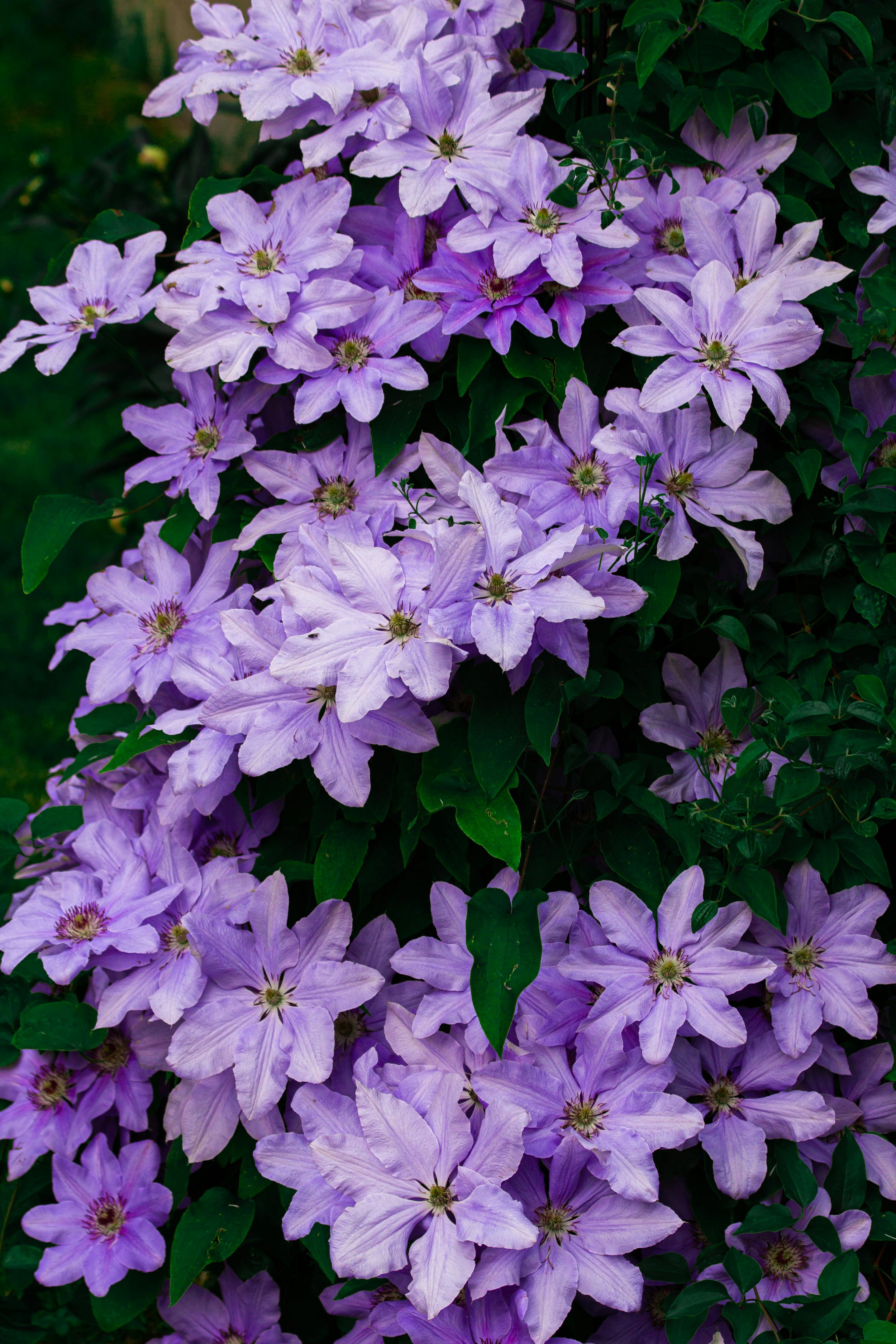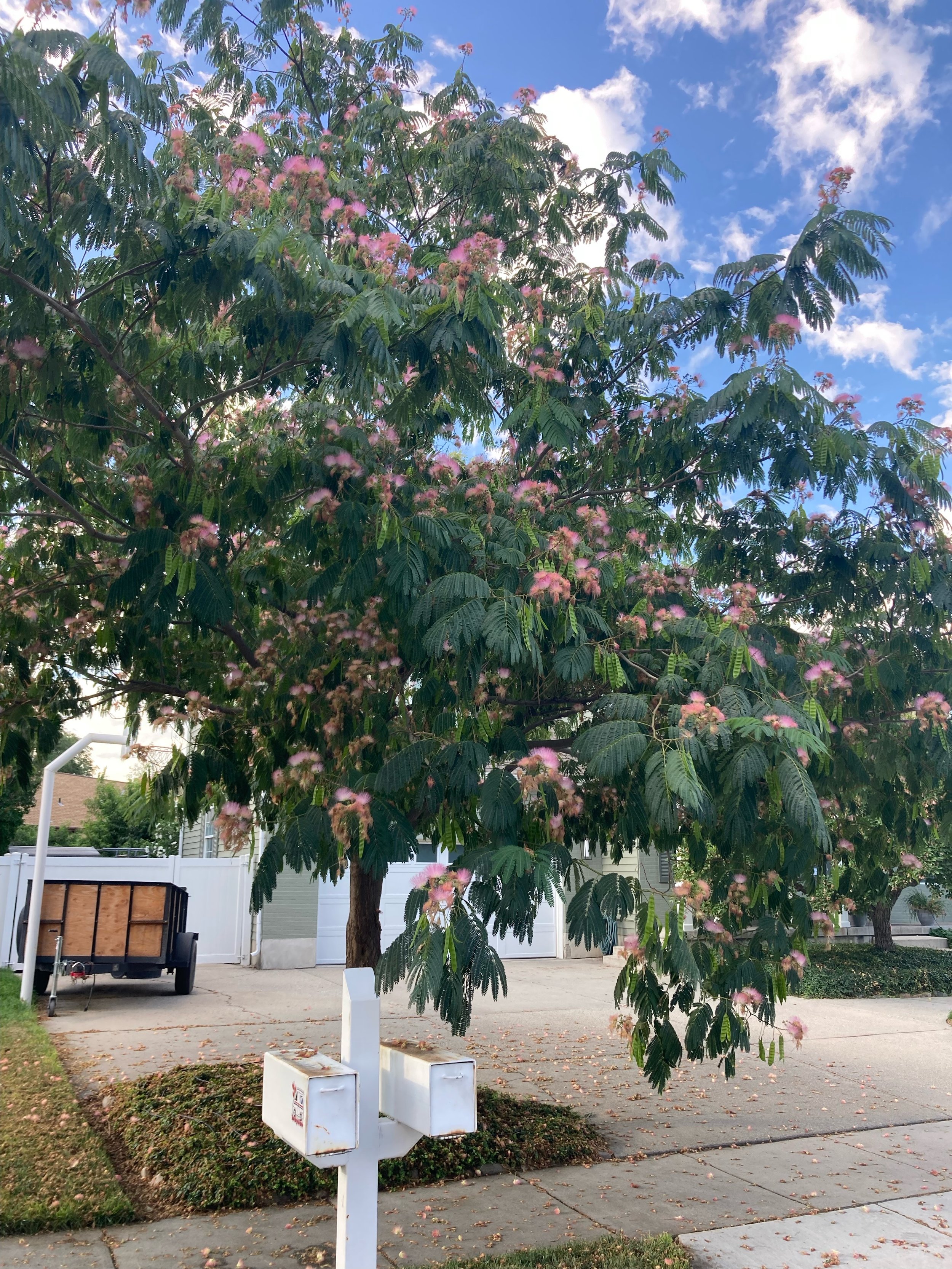Adiantum aleuticum, commonly known as the Western Maidenhair Fern or Aleutian Maidenhair, is a species renowned for its graceful beauty and resilience. Originating from the Aleutian Islands, this fern has a broad native range that extends from Alaska's cool, moist forests through the western United States to Chihuahua in Mexico. Surprisingly, isolated populations in northeastern North America, from Newfoundland to Vermont, showcase its adaptability to various climates.
The development of Acer rubrum Armstrong Gold® highlights how selective breeding refines and improves beloved cultivars. The name Acer rubrum honors the cultivar’s dominant red maple characteristics, making it a practical and attractive choice for urban landscapes.
Hibiscus syriacus, commonly known as Rose of Sharon, is an iconic flowering shrub that brightens gardens with its vibrant summer blooms. Its striking flowers and hardy nature have earned it a beloved spot in ornamental landscapes worldwide. In this post, we dive into this stunning plant's origin, range, and essential characteristics, giving you the information you need to grow it successfully.
Ribes sanguineum' King Edward VII' is a spectacular flowering currant that brightens gardens in early spring with its showy clusters of deep red blooms. This hardy shrub has garnered a loyal following among gardeners for its stunning floral display, resilience, and adaptability to a range of growing conditions. In this article, we delve into this plant's origin, characteristics, and uses and explore the key attributes that make Ribes sanguineum' King Edward VII' a desirable addition to your landscape.
Red alder (Alnus rubra), a fast-growing deciduous tree native to the Pacific Northwest, is an essential component of many ecosystems in the region. It serves ecological roles, including soil enrichment and providing wildlife habitat, while having commercial timber value. This post explores the red alder's origin, growth habits, and use in horticultural landscapes.
Mahonia repens grows about 9 to 15 inches (23 to 38 cm) tall and can spread up to 8 feet (2.44 meters) wide, making it an excellent choice for dense ground cover. Its spiny, blue-green leaves give off a distinct holly-like vibe, and in winter, they turn a rich purplish color, adding interest when most plants are dormant. Come spring, it bursts into clusters of fragrant yellow flowers that attract bees, butterflies, and other pollinators. By late summer, blue-purple berries ripen, feeding birds.
Pruning clematis (Clematis spp.) involves specific techniques to ensure this popular climbing plant's health, vigor, and flowering. Known for their stunning flowers, clematis vines can be categorized into three main pruning groups based on their flowering time and growth pattern. Understanding these groups is crucial for pruning success.
The European beech, Fagus sylvatica, is a tree celebrated for its majestic beauty and timeless elegance. The 'Red Obelisk' is a particularly stunning variety among its many cultivars. With its striking foliage, narrow, columnar form, and adaptability to various garden settings, Fagus sylvatica 'Red Obelisk' is a choice that garden enthusiasts and landscape designers often make to add a touch of drama and vertical interest to their spaces.
City Sprite® Zelkova is an excellent selection; its harmonious blend of visual appeal, structural resilience, and environmental adaptability makes it highly recommended for inclusion in urban greening initiatives.
Gardening enthusiasts are always looking for unique plants that add a distinct charm to their green spaces. One such plant that has gained popularity for its striking appearance and adaptability is the Ilex crenata 'Sky Pencil.'
Arctostaphylos uva-ursi, commonly known as Kinnikinnick, is a testament to the resilience and diversity nature offers in groundcover plants. This plant is favored for its hardiness and aesthetic appeal; this low-growing evergreen brings beauty and versatility to gardens. Explore its native range, hardiness, detailed propagation methods, ideal growth conditions, and remarkable cultivars.
There's something special about encountering a remarkable tree in an unexpected place. Along my usual route to our nursery, a unique individual of Chamaecyparis obtusa 'Crippsii,' also known as the Golden Hinoki Cypress, has stood as a silent sentinel for over 25 years.
Picea sitchensis, commonly known as the Sitka spruce, is a vital coniferous tree in the Pinaceae family. Native to the west coast of North America, this species is renowned for its robust nature and impressive height, making it an essential component of its native ecosystems and a striking addition to varied landscapes.
The Albizia julibrissin, colloquially known as the Persian Silk Tree or Mimosa Tree, has been the subject of fascination for many garden enthusiasts. With its fragrant, pink blooms and fern-like foliage, it offers both aesthetic charm and functional use as a shade tree. However, like a coin with two sides, this tree also poses challenges and responsibilities for a potential grower. In this detailed guide, we’ll explore the many facets of this enigmatic tree, aiming to provide you with a balanced perspective.
The Acer ginnala, commonly known as the Amur maple, is a tree species appreciated for its aesthetic appeal, adaptability, and ecological benefits. This post provides an in-depth look at this species' characteristics, cultivation, and environmental role.
Sequoiadendron giganteum, also known as the giant sequoia or Sierra redwood, is a coniferous tree native to the Sierra Nevada mountains in California, USA.
Myrica californica, also known as Pacific wax myrtle or California bayberry, is a deciduous shrub or small tree native to the western coast of North America, ranging from southern Oregon to Baja California.
Cornus florida, commonly known as flowering dogwood, is a small deciduous tree or shrub native to eastern North America, that is known for its showy springtime flowers, which are actually modified leaflike structures called bracts, which can be red, pink or white in color.

















